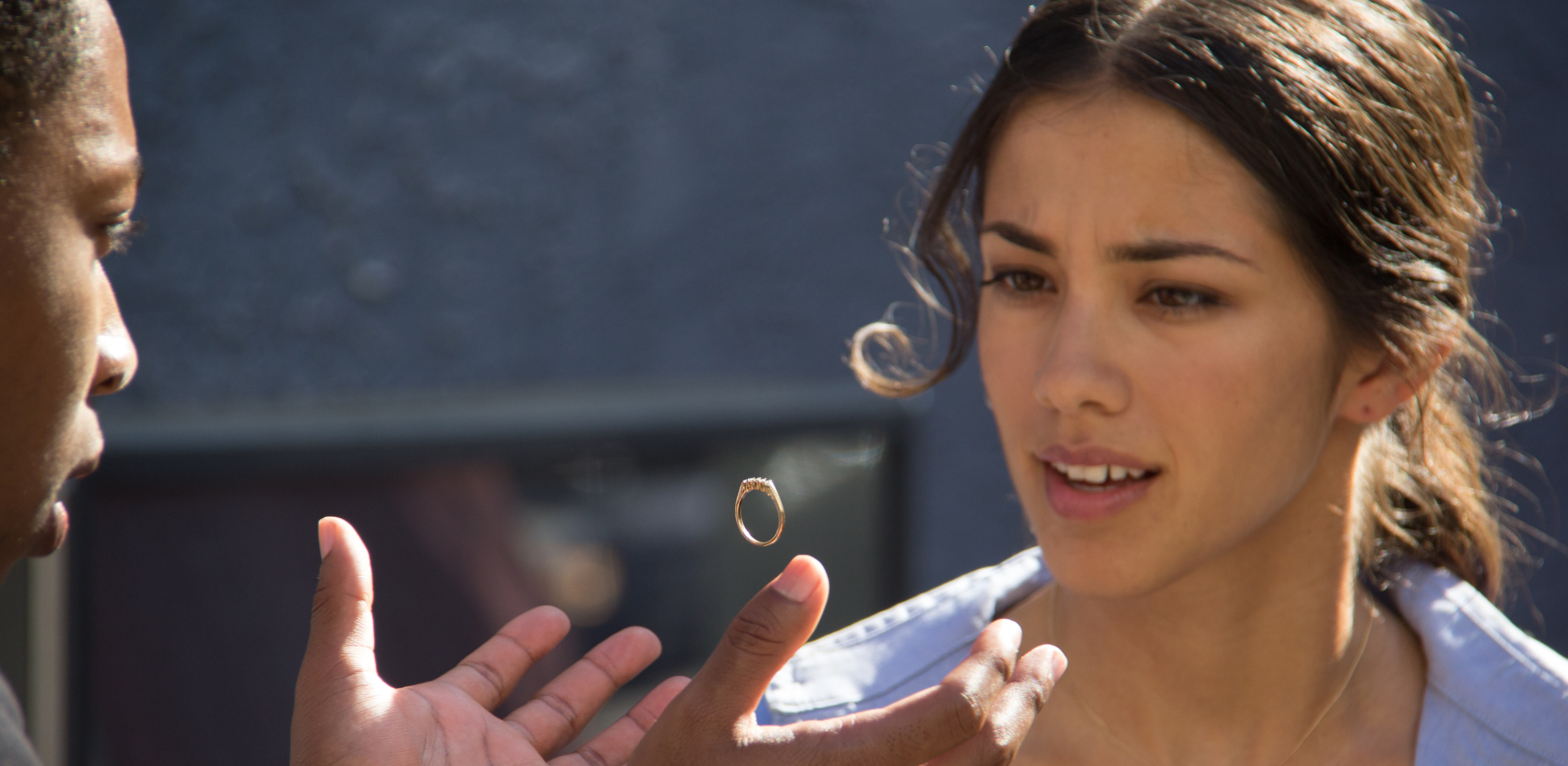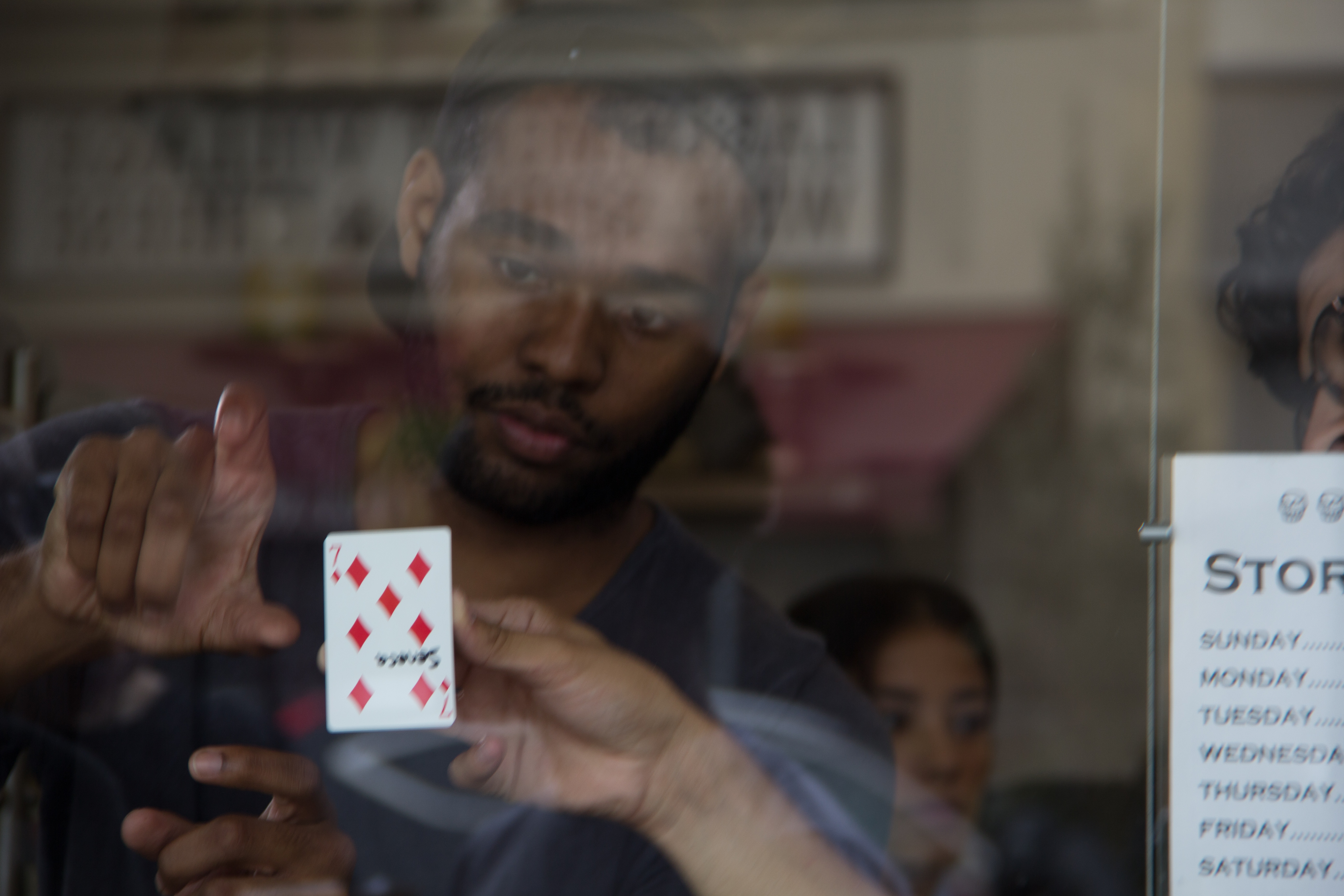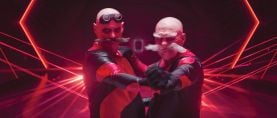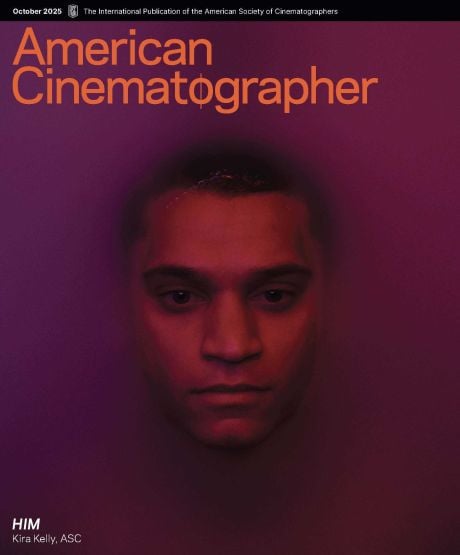
Street Magic: Directing Sleight
Director J.D. Dillard discusses his collaboration with cinematographer Ed Wu on this indie effort.
A superhero origin story combines with coming-of-age drama and an anthropological study of life in Los Angeles in Sleight, a 2016 Sundance Film Festival sensation that has now arrived in theaters courtesy of Blumhouse and WWE Studios.

The film tells the story of Bo (Jacob Latimore), a street magician forced to turn down a college scholarship so that he can take care of his sister after their mother dies. Desperate for money, Bo goes to work for a local drug dealer, a job that serves him well until he falls in love and decides he wants a new life. Suddenly a series of circumstances and bad decisions lead to Bo getting into serious trouble with his boss, trouble he can only evade by utilizing his singular gifts — in ways unexpected for both his foes and the audience.
Sleight was a low-budget labor of love for co-writer (with Alex Theurer) and director J.D. Dillard, who shot the movie in sixteen days for, as he puts it, “well under a million dollars — to be more precise, well under $500,000.” Collaborating with director of photography Ed Wu, whose work on the film is chronicled in the upcoming June issue of American Cinematographer, Dillard transcends his limited resources in Sleight to create a visually dynamic and emotionally absorbing character-driven thriller.
American Cinematographer contributor Jim Hemphill spoke with Dillard shortly before the film’s release to discuss how he and Wu made the most of their minimal schedule and budget.
Of note, Wu was recently selected by AC as one of its 10 Rising Stars of Cinematography for 2017.
American Cinematographer: Let’s start with the origins of the film. Did it grow out of a conscious desire to write something on a modest budget that you could make yourself?
J.D. Dillard: Yes, my writing partner and I had been working more on the studio side for quite a bit, kind of to no avail. We kept losing jobs to the same people again and again, and were constantly swinging after jobs that maybe we had no business swinging after. I left the country for a year to work for J.J. Abrams on The Force Awakens and it really lit a fire under me to shoot something — watching one of my favorite film franchises come to life through the lens of one of my favorite directors had a big impact on me. So when I landed back in L.A., Alex and I sat down and focused all of our attention on writing something we could make in our backyard for a price, but which would still connect to the larger world of genre movies that we’re really interested in. That mostly meant things like keeping locations and the number of characters down.
What were your initial conversations with director of photography Ed Wu like? Did you connect pretty quickly?
Oh yeah, Ed is the best. There was something immediately attractive about his natural aesthetic when I went back and looked at some of his previous work, and when I met with him we discovered that we both love British crime dramas like Luther and Happy Valley and Broadchurch. There’s something about the quality of light in the UK, as well as the framing — we wanted to utilize that use of negative space and pushing characters into edges of the frame that’s weirdly routine in some of these shows. I thought that kind of composition really fit for Sleight, since it’s a story about a kid who’s isolated in his environment. You know, finding a director of photography and connecting with them is a difficult thing to articulate — it’s about finding common ground texturally more than anything else. Finding someone who’s not too commercially slick, but doesn’t shoot everything like it’s on expired 16mm film. Ed has a really nice balance of a realistic texture with framing that feels composed and cinematic and slightly larger than life.
How did you and Ed prep for the film?
We meticulously storyboarded everything, looking at the whole film from the point of emotional continuity. Feeling the rhythm and pace, knowing that if we’re coming from a kinetic Steadicam oner, maybe next we want to settle into a slow push in on something slightly more conversational. Even though it’s a micro-budget indie, Ed and I were very insistent on focusing on the camera, and not just making it a movie where we’re pressing record on the Alexa, putting it on Ed’s shoulder, and just collecting data or documenting the scenes. The philosophy was that the camera was a character, so how do we use it to get an enhanced experience?
How did the budget inform the aesthetics? Were the limitations a blessing in any way?
The tight budget and schedule led us to use a lot of oners — things that don't really require a huge rehearsal or are not entirely predicated on the movement of the actors, but that we can settle into and the move will stay more or less the same regardless of the action. There was a nice balance of prep and intuition, in that Ed and I would always come in with a well thought out plan, which made it easy to throw that plan out if we discovered something better on set. We might come in planning to get coverage via a Steadicam and then find out that the Steadicam doesn’t fit in the room and we can’t be as wide on the lens as we thought, but since we’ve talked ad nauseum about the point of the scene it makes it a lot easier and improvise a new way of expressing the same idea.

Did the movie evolve significantly in the editing or color grading?
Not much. The movie is around 88 or 89 minutes with credits, and it’s pretty sparse, but there isn’t that much on the cutting room floor. There can’t be, because in sixteen days you’re shooting only what you’re pretty sure you absolutely need in the final edit – there’s no time for anything else. What changed in the edit wasn’t so much structure as pace; we had a really, really robust re-edit about halfway through post to improve the rhythms. As far as the grade goes, we always had the LUTs up at the monitor during shooting, so there were no real surprises or major adjustments.
How closely did the finished product resemble your original vision?
Obviously I have an idea of what Sleight could have been with more time and more resources, and that’s part of what I think about when I watch the movie; yet I’m also surprised by how close what we got on screen was to what we originally conceived. I’m always in kind of a split head space about it.
Sleight is currently in limited theatrical release in major cities. AC's complete production story with Ed Wu will appear in the magazine's June issue.






